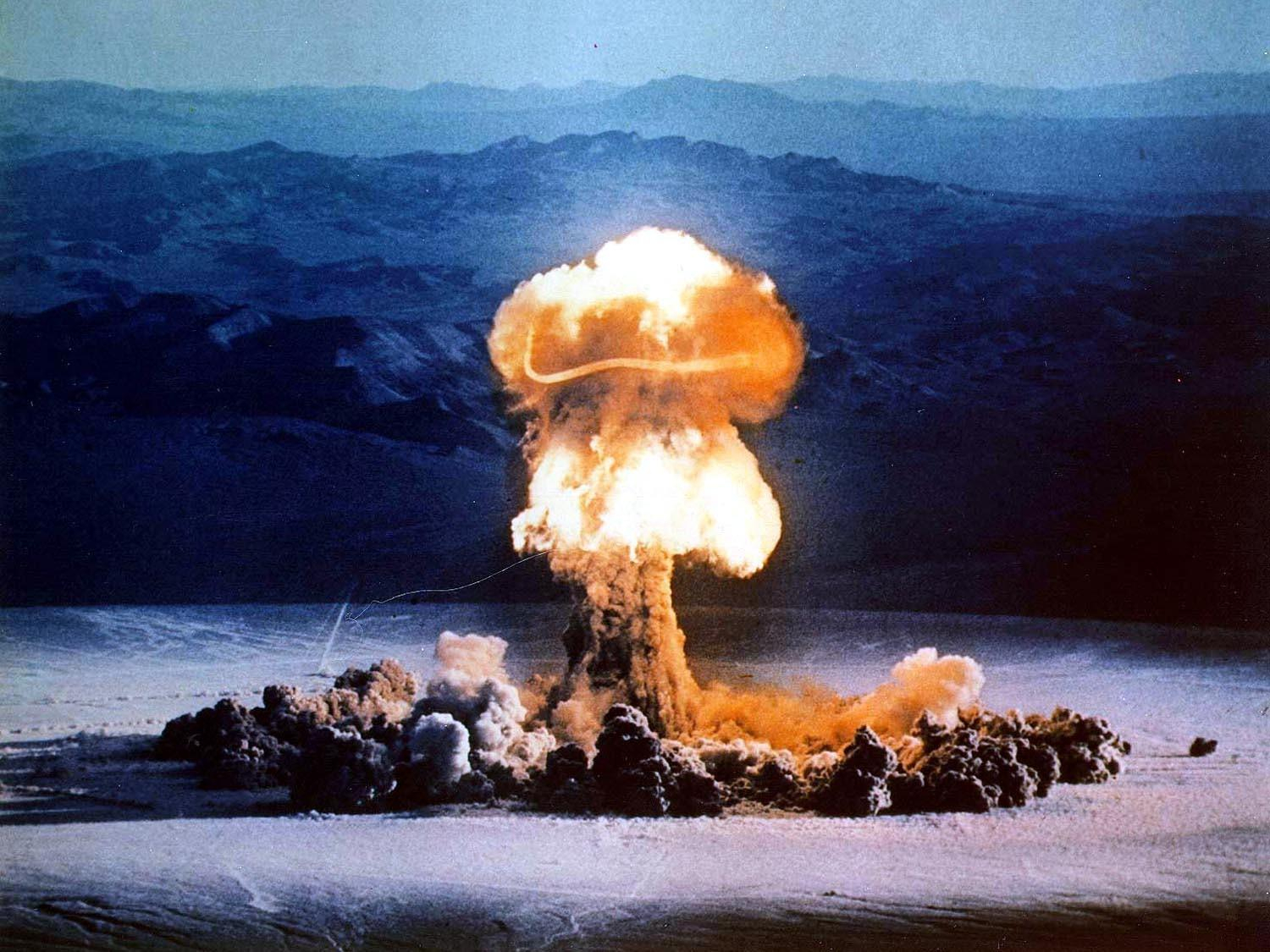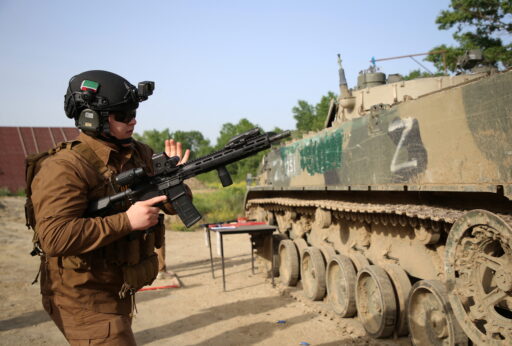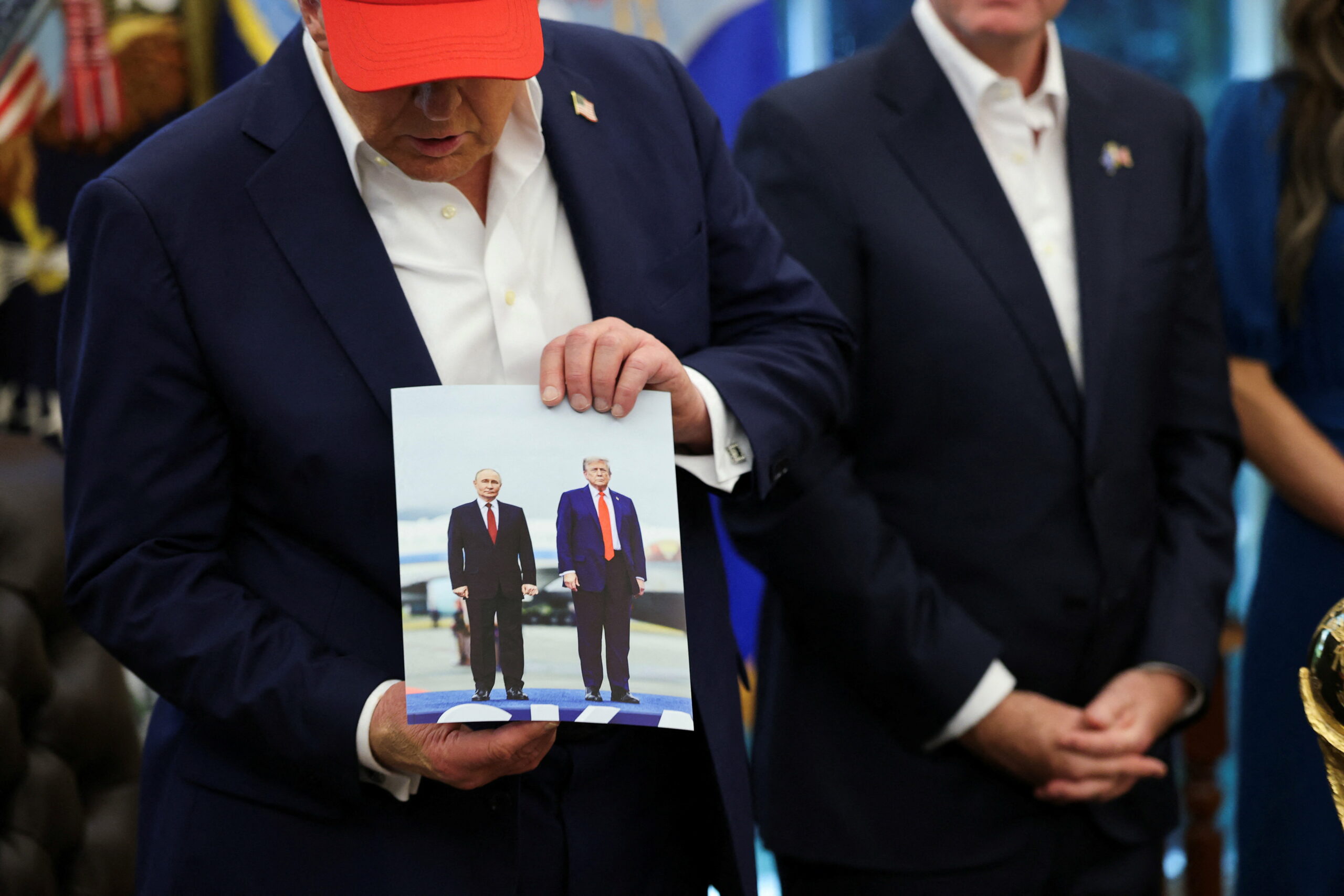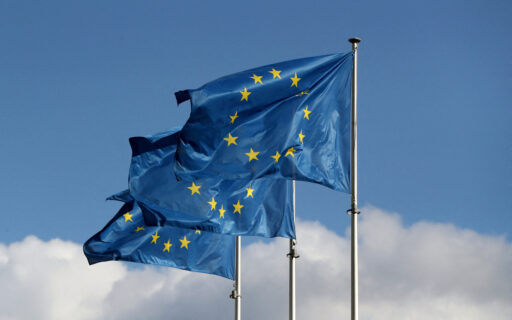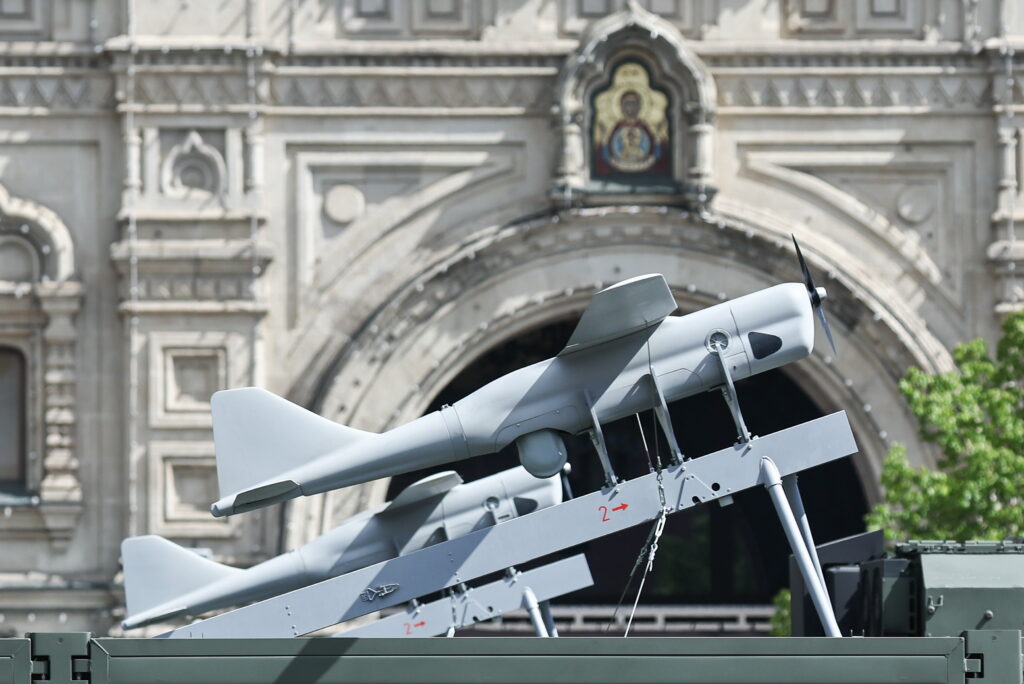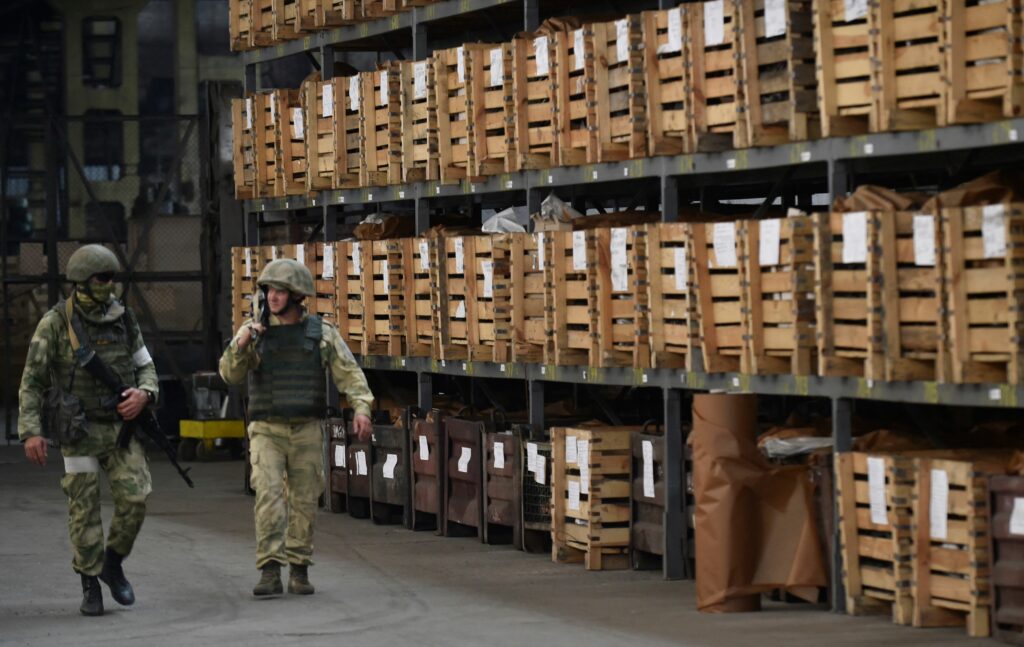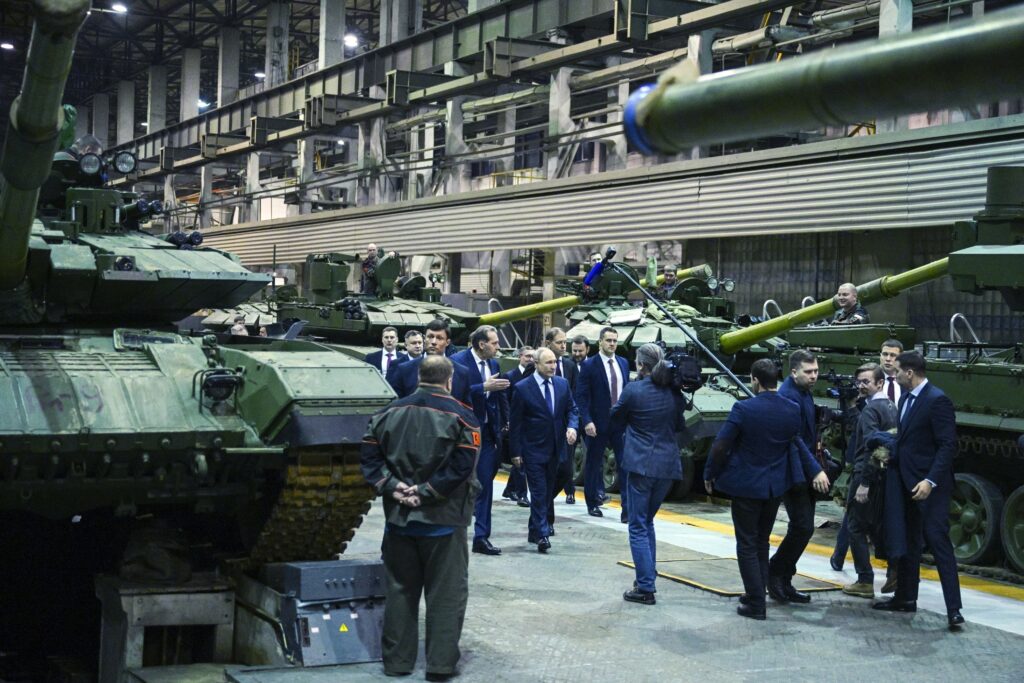Just minutes before his summit with Chinese President Xi Jinping, Donald Trump took to social media: «Because of other countries testing programs, I have instructed the Department of War to start testing our Nuclear Weapons on an equal basis. That process begins immediately.»
Many observers initially assumed this referred not to full-scale nuclear detonations but to trials of delivery systems. Energy Secretary Chris Wright soon set the record straight, confirming that these tests would steer clear of actual nuclear explosions—for the moment. Yet that qualifier, «for the moment,» hangs in the air like a warning.
The Heritage Foundation’s sprawling 900-page blueprint, «Project 2025,» appears to be serving as the Trump team’s de facto policy playbook. It urges the U.S. to ditch ratification of the Comprehensive Nuclear-Test-Ban Treaty (CTBT) and prepare forthwith for nuclear testing in retaliation to any adversarial advances. Back in Trump’s first term, his administration toyed with the same idea. This, then, is no off-the-cuff gambit but a deliberate strategy the incoming White House is bent on pursuing.
The Technical Rationale
The case for resuming nuclear tests in America boils down to two broad camps. The first, as articulated by Vice President T.J. Vance, centers on safeguarding the reliability of the U.S. stockpile. A chorus of American specialists warns that the nation’s nuclear infrastructure—and the weapons it sustains—is fraying at the edges. No new warhead designs have entered service since 1989, leaving the plutonium pits in existing arsenals perilously aged. As Siegfried Hecker, the ex-director of Los Alamos National Laboratory, has cautioned, this obsolescence sows real doubts about whether these devices would still detonate as intended.
Skeptics of testing counter that faith in the arsenal’s upkeep is actually strengthening, thanks to cutting-edge computer simulations, state-of-the-art experimental setups, and research demonstrating that plutonium in warheads remains stable for 85 years or longer. Staff at the nuclear labs insist their toolkit—unrivaled globally—lets them certify weapons without live blasts. Jill Hruby, the outgoing head of the National Nuclear Security Administration, has hammered this point home time and again: there’s no compelling technical imperative for explosive trials.
Pro-testing voices, however, point to the Biden-era «program of record,» which they say will shrink the U.S. deterrent to just four warhead variants by the 2040s. Factor in the escalating nuclear postures of Russia and China, plus North Korea’s budding capabilities—however modest—and Mark Schneider, a prominent analyst, argues the U.S. edge is eroding. Compounding this, Moscow perceives American weakness: President Putin has boasted outright of Russia’s nuclear supremacy. Republican hawks, then, are eager to quash any such illusions about U.S. potency.
That said, the raw numbers don’t scream imbalance—America’s roughly 5,200 warheads stack up respectably against Russia’s 5,500. Richard Correll, a vice admiral tapped by Trump to lead U.S. Strategic Command, assured the Senate Armed Services Committee of his «absolute confidence» in the arsenal’s soundness and dependability. That assurance draws backing from yearly classified assessments by the Department of Energy and STRATCOM alike. What’s more, those 1989-vintage warheads represent the pinnacle of reliability, having endured exhaustive pre-ban testing regimens.
A persistent refrain among GOP experts holds that Russia and China are sneaking in clandestine nuclear trials, tilting the scales toward an uneven reliability gap. This notion gained traction during Trump’s debut presidency, fueled by official U.S. briefings to Congress that cast doubt on both nations’ fidelity to their testing moratoriums. Testing foes retort that only heavyweight nuclear states like Russia and China could pull off such stealthy, sub-kiloton pops—and they remain dire threats regardless. Still, this asymmetry galls the pro-testing crowd: it lets rivals hone new designs via fresh tech, unencumbered. No surprise, then, that Russia’s trials of exotic systems like Burevestnik and Poseidon have become a particular thorn in Trump’s side.
All too aware of America’s modernization shortfall, testing proponents in Washington crave a tangible show of force: proof that, lags be damned, U.S. nukes stay lethal and fearsome. The goal? Stave off any smugness from Beijing or Moscow. It’s a fair bet that Russia and China lurk at the heart of this itch to resume detonations.
The Political Calculus
The second cluster of arguments for restarting tests is unabashedly political. As Robert Peters, a top Heritage Foundation fellow, puts it, even absent ironclad scientific or engineering justifications for probing a warhead, the real payoff lies in telegraphing resolve to adversaries. That timing—Trump’s post dropping right before jawboning Xi—lays it bare. In Republican circles, the gambit is that dangling the specter of tests, plus ramped-up fissile material output, will nudge Russia and China toward arms control talks.
Fat chance. For years, Trump-era saber-rattling on testing has yielded zilch in softening Beijing’s or Moscow’s stances. If anything, it’s backfired: China’s arsenal keeps growing, while Russia has serially walked back from arms pacts inked in better days.
From Russia’s vantage—a nation that’s wrapped up most of its nuclear overhaul and now fancies itself the field’s pacesetter—preserving the test ban suits just fine. Wary that Trump might misconstrue recent Russian trials as escalatory, Kremlin spokesman Dmitry Peskov bent over backwards to stress that the Burevestnik demo involved no nuclear yield. But with U.S.-Russia ties at a nadir, and Moscow powerless to drag China into strategic arms parleys or sway American choices, its leverage is near nil.
Nor will U.S. posturing likely herd Russia and China to the table, given the cadre of Russian scientists and brass who would cheer the CTBT’s unraveling. Putin, convinced of Russia’s nuclear preeminence, won’t budge on threats alone. If America lights the fuse, Russia will match it—interests be damned—to signal the West and NATO that it’ll brook no quarter in Ukraine or in checking alliance encroachments. The fallout? A spike in Europe’s already tinderbox security landscape.
Trump’s administration, for its part, can’t deliver what Russia truly craves: ironclad pledges against basing troops or arms—missiles included—along its borders, or folding in France and the UK to any arms talks. Reviving tests, politically speaking, smacks more of a pretext for unilateral U.S. nuclear adventurism—a bid to shadow Russia and China, whom Republicans see as having pulled ahead.
Potential Pitfalls of Undermining the CTBT
The core purpose of the Comprehensive Nuclear-Test-Ban Treaty (CTBT) is to prohibit all nuclear explosive testing, thereby curbing efforts to evade numerical limits on arsenals by enhancing the sophistication of warheads. Should the United States resume testing, it risks triggering a cascade effect, prompting every nuclear-armed state to follow suit—not merely to verify the reliability of existing stockpiles, but to push the boundaries of advanced weapon development.
China, in particular, stands to reap the greatest rewards from such a scenario. Prior to signing the CTBT, Beijing had carried out just 45 nuclear tests—some 23 times fewer than the tally amassed by Washington at that juncture. Moreover, with China’s technological infrastructure lagging far behind the preeminent nuclear duo of the US and Soviet Union (now Russia), it likely lacked a robust empirical foundation for its simulation models. The unraveling of the CTBT and the attendant license for renewed testing would hand China an unparalleled opportunity to glean critical insights into warhead design and delivery systems, turbocharging its nuclear posture in the process. Far from spurring Beijing to the negotiating table, American saber-rattling on testing merely unties China’s hands, emboldening it to accelerate its arsenal’s expansion unchecked.
These dynamics would ripple profoundly into South Asia. Already grappling with escalating military pressures from both China and North Korea, the United States’ allies—South Korea and Japan—might accelerate their own nuclear ambitions or clamor for a bolstered American nuclear footprint in the theater. In this volatile context, Chinese tests could ignite a fresh round from India, swiftly mirrored by Pakistan, unraveling generations of painstaking non-proliferation diplomacy.
Yet such perils cut little ice with the pro-testing faction in Washington. They contend that if Moscow and Beijing perceive value in restarting tests, they will press ahead irrespective of American restraint—a view that dismisses the demonstrable perils of unilateral action.
In the event of a global testing revival, the US would undoubtedly leverage it to overhaul its nuclear triad, incorporating fresh data into its force posture. Russia, for its part, has nearly finalized its own modernization drive; as President Putin has noted, some 95% of the arsenal has been refreshed. This near-completion implies that, amid a worldwide testing spree, Moscow would be compelled to reengage—potentially revisiting upgrades to preserve strategic equilibrium with the US, a bedrock of Russian security doctrine.
Resource constraints, however, would inevitably temper such ambitions for a sweeping nuclear refresh. This could force the shelving of ambitious, if contentious, initiatives like Burevestnik or Poseidon —projects whose viability already hangs in the balance. The stakes sharpen further if Washington swells its warhead inventory, obliging Russia to pivot toward more conventional strategic platforms to uphold parity.
Absent a testing moratorium or binding legal guardrails, nuclear armaments would inexorably evolve toward greater lethality and yield, with inventories ballooning unchecked. Testing advocates in the US aren’t content with mere refinements to America’s stockpile; they envision a dramatic escalation, targeting around 4,625 operationally deployed warheads by mid-century.
China, of course, is already in the throes of vigorous buildup. Other powers, to varying extents, would likely follow suit. The net result? A testing thaw could resurrect a full-throated arms race—not born solely of the CTBT’s unraveling, but one that such a rupture would inexorably propel to new heights.
The United States remains a signatory to the CTBT but has yet to ratify it, stalling the treaty’s entry into force. Even so, Washington has adhered to a self-imposed testing halt since 1992. To date, it has refrained from formally unsigning the accord—a step that would greenlight treaty-defying activities without legal jeopardy. In 2020, anti-testing voices held the line against resumption. But with a more cohesive Trump administration now entrenched, that firewall may crumble. Among Republican strategists, backing for renewed blasts enjoys broad consensus, and proponents will keep the pressure on. As Washington’s rhetorical flourishes and subcritical experiments fail to intimidate, coupled with palpable disinterest from Moscow and Beijing in arms-control talks, the temptation for actual detonations could prove irresistible.
In essence, a US testing restart might mark the death knell for arms control as we know it. The CTBT would wither, even as New START limps toward its 2026 sunset. More nukes would proliferate across the globe, bereft of oversight mechanisms. That’s the shadowed horizon today—but history suggests that unchecked nuclear surfeit might yet compel the bomb’s custodians toward multilateral restraints, however belatedly.
